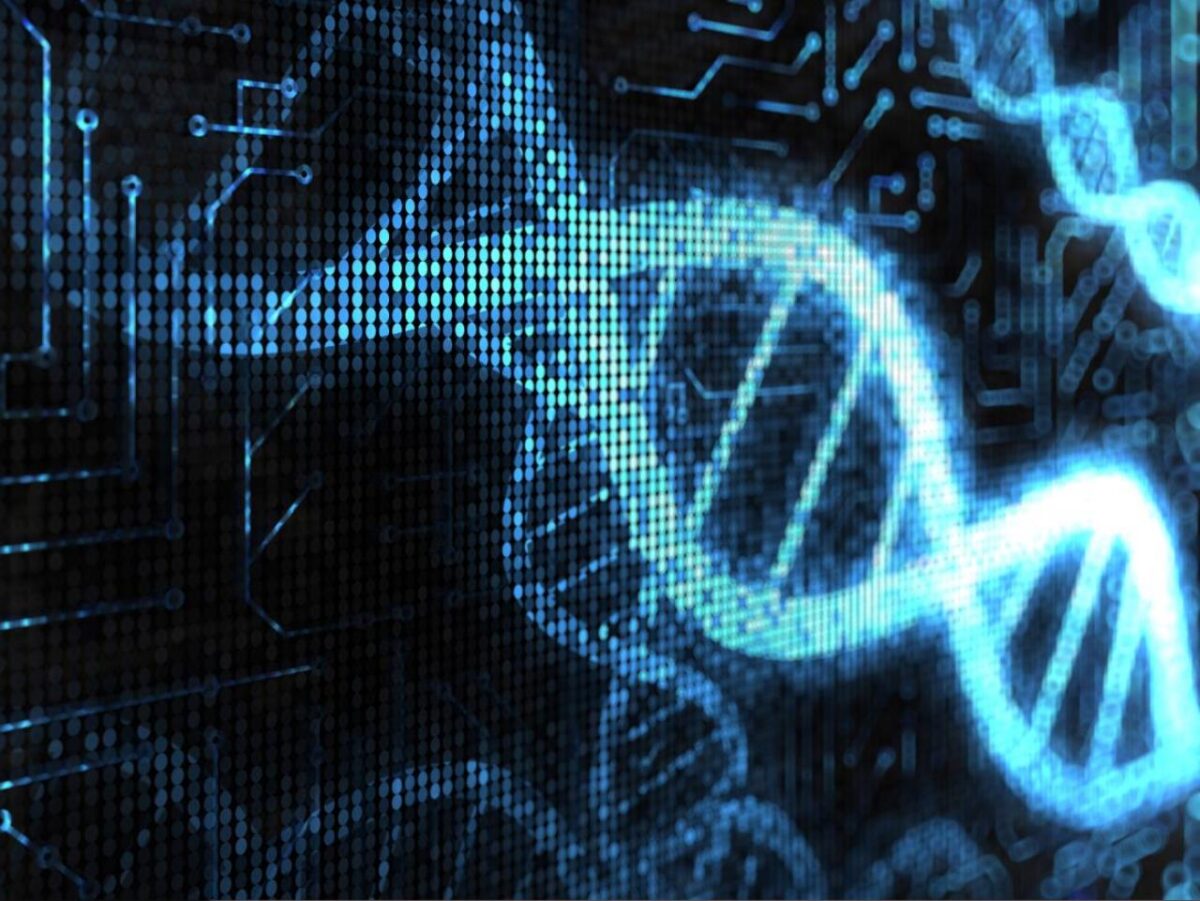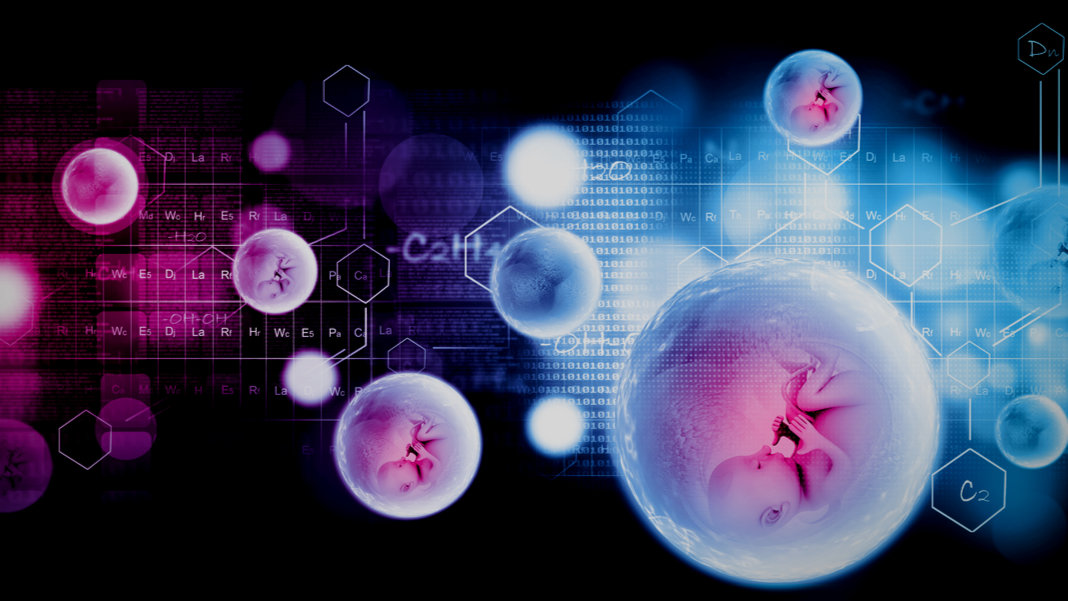Moore’s Law
I have seen some interesting blogs regarding this topic, implying that Moore’s law is dying out and this end might become true, if we don’t shift our focus towards new methods for increasing computing power. The law states that we are creating ever exponentially increasing computing power, which is faster, has more capabilities and that we will pay less for it. The number of transistors in a dense integrated circuit were expected to double every two years. However, we are reaching a physical limit for the size of these transistors (Tardi, 2020).
Limits of transistors
Microchips contain modules, which contains logic gates and logic gates contain transistors, which makes transistors the simplest form of a data processor in computers. In an essence all the computing power relates back to these transistors in microchips. Transistors are currently reaching the size of an atom and are currently 14 nanometres. To put this in perspective; this 500 times smaller than one red blood cell of a human body. This means that we are approaching a barrier for technological progress. One answer to this problem has already been created but is not available for you and me, namely Quantum Computing. Quantum computing uses superposition and entanglement to increase computing power and we’re not even close to finding its limit yet, thus Moore’s law might survive for a longer period, in a different way than that he first envisioned (Kurzgesagt); (IBM).
DNA computing
However, I’m not writing this to copy the other blog and talk about quantum computing. I want to introduce you to something way cooler; DNA computing. In a simple way DNA computing using DNA, biochemistry and biological molecular hardware instead of the traditional silicon-hardware. The perks of DNA computing over quantum computing are it has less stability constraints and it can even be as powerful if not more powerful. More importantly DNA computing can be a relatively cheap and it is very scalable. DNA strands can have infinite combinations, because molecules can be added to the equation, which means that the power of DNA computing is also limitless. The biggest problem is that it is still very, very slow. The applications in data storage however are unimaginable. If you would consider that an entire human being is created from DNA in our cells, then what amounts of data are we able to store in synthetic DNA? Our whole body is composed of a very long sequence of some letters, which make up our DNA. The same goes for operations performed in computers, which are sequences of zero’s and one’s. How far will this technology reach?
Eventually DNA computing and quantum computing might be combined, where DNA strands are attached to gates to created evolvable circuits. In this case the benefits of both technologies are combined where the powerful and fast quantum computers meet the evolvable DNA strands. This results in new capabilities of computing power beyond our imagination (Deaton).
References:
Deaton, R., (unknown). DNA and Quantum Computers. http://dl.acm.org/ft_gateway.cfm?id=2955419&type=pdf
IBM, (unknown). The DNA Transistor. IBM. https://www.ibm.com/ibm/history/ibm100/us/en/icons/dnatransistor/
Kurzgesagt, (2015). Quantum Computers Explained – Limits of Human Technology. Youtube. https://www.youtube.com/watch?v=JhHMJCUmq28
Loefler, J., (2019) What is DNA Computing, How Does it Work, and Why it’s Such a Big Deal. Interesting Engineering. https://interestingengineering.com/what-is-dna-computing-how-does-it-work-and-why-its-such-a-big-deal#:~:text=There%20is%20no%20limit%20to,a%20time%20as%20needed%20to
Tardi, C., (2020). Moore’s Law. Investopedia. Accessed via https://www.investopedia.com/terms/m/mooreslaw.asp#:~:text=Moore’s%20Law%20refers%20to%20Moore’s,will%20pay%20less%20for%20them.


